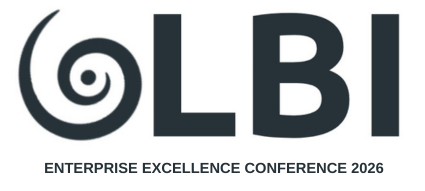Six Sigma is a set of techniques developed and used to ensure process improvement and consistent output in manufacturing. Originally developed by Motorola in 1986, this approach was first put into practice in General Electric in early 1990s. Over two decades later, Six Sigma is widely used in a variety of industries. The method is covered by 6 certifications which are highly popular with quality control professionals in manufacturing.
The goal of Six Sigma method is to ensure the highest quality of manufacturing process outputs by means of identifying the causes of deviations or defects and removing them. The approach is based on the goal of minimizing variability in manufacturing and business processes. To reach these results, Six Sigma methodology outlines special projects with defined sequences of steps and KPIs, which are mostly quantified targets. Six Sigma KPIs are usually the following: reduced process costs and/or time, reduced pollution, improved customer satisfaction and, ultimately, increased profit.
Six Sigma
To be efficient members of Six Sigma project team, quality management professionals need to obtain one or more Six Sigma certifications. This opens the doors to Six Sigma infrastructure of experts in Six Sigma methods. There are 5 levels of Six Sigma

certifications:
- Lean Six Sigma Black Belt
- Lean Six Sigma Green Belt
- Lean Six Sigma Master Black Belt
- Lean Six Sigma Yellow Belt
- Six Sigma Lean & DFSS
Six Sigma Black Belt certification (usually help by CEOs and other top managers in the manufacturing industry) validates the knowledge and capabilities of using statistical analysis software programs to streamline the processes, improve delivery timelines and bring down costs. Six Sigma Black Belt credential holders can carry out projects that target process and quality improvement, and supervise other Six Sigma professionals. Six Sigma Black belt credential also certifies the skills required for leading and managing DMAIC process (one of Six Sigma business process methodologies), as well as comprehensive product design.
Six Sigma Green Belt credential and certification validate the holder's knowledge and understanding of the basics of Six Sigma strategy and methodology, which includes all Six Sigma tools and techniques applicable to improvement of business processes in organization, streamlining internal communication, improving and enforcing relevant measurement system and other steps essential to improving the results of the process – either in manufacturing or other industries.
Other Six Sigma certifications, including Yellow Belt and DFSS have similar purposes – to analyze and streamline the process within the organization to ensure more consistent output with fewer deviations and higher profit, improved product manufacturing and delivery timelines, and more efficient processes overall.
Get In Touch
We would love to hear from you!
T: + 353 46 9773434
E: [email protected]
Address for BoxMedia
616, Edenderry Business Campus,
Edenderry, Co.Offaly. Ireland
